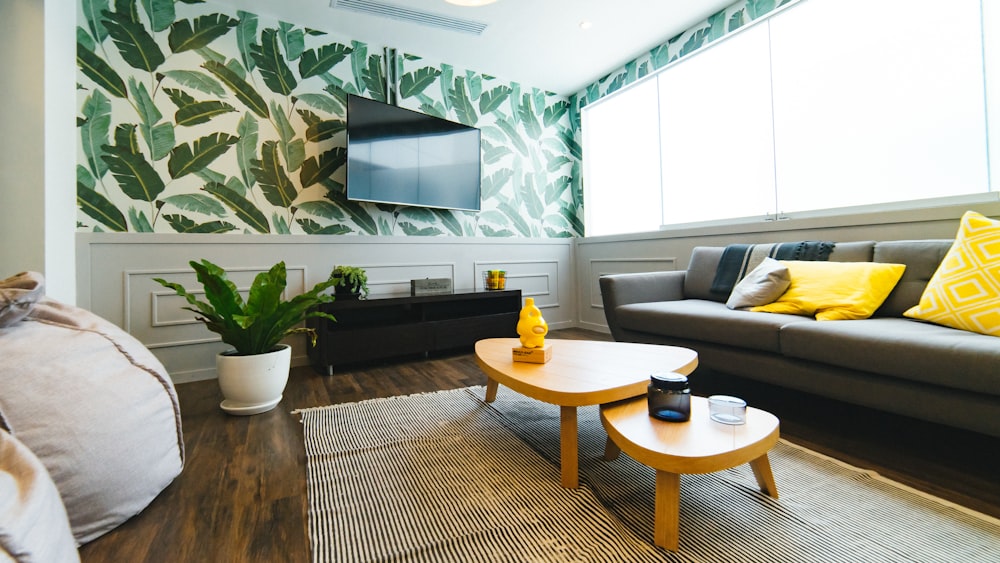Finding Your Center New Balance Techniques
Understanding Your Body’s Center of Gravity
Finding your center, often referred to as finding your core, isn’t about achieving some mystical state of being. It’s about understanding and utilizing your body’s natural center of gravity. This center shifts subtly depending on your posture and movement, but generally resides around your belly button. Developing awareness of this point allows you to improve balance, stability, and overall body control. Think of it as your body’s anchor point – a stable foundation upon which all your movement is built. Ignoring this vital area can lead to inefficient movement patterns and potential injuries.
The Role of Core Strength in Finding Your Center
A strong core is crucial for finding and maintaining your center. Your core isn’t just your abs; it encompasses the muscles of your abdomen, lower back, pelvis, and hips. These muscles work together to stabilize your spine and pelvis, creating a solid base for movement. Weak core muscles lead to instability, making it harder to find your center and increasing your risk of injury during physical activities. Strengthening these muscles through exercises like planks, bridges, and Pilates-inspired movements is essential for developing a strong core and improved balance.
Mindful Movement and Body Awareness
Finding your center isn’t solely a physical endeavor; it’s also a mental one. Mindful movement involves paying close attention to your body’s sensations as you move. Notice how your weight is distributed, how your muscles engage, and how your body feels in space. This awareness helps you identify imbalances and adjust your posture and movements to optimize your center of gravity. Practicing mindful movement, such as yoga or tai chi, can significantly improve your body awareness and help you find your center more easily.
Practical Exercises for Finding Your Center
Several simple exercises can help you improve your ability to find and maintain your center. One effective technique is to stand with your feet hip-width apart, close your eyes, and gently rock back and forth. Feel the subtle shift in your weight and try to find a point of balance where you feel grounded and stable. Another helpful exercise involves performing slow, controlled movements, such as squats or lunges, paying close attention to your core engagement and maintaining a stable center throughout the movement. These exercises cultivate body awareness and strengthen the muscles necessary for maintaining balance.
The Importance of Proper Posture in Centering
Good posture plays a significant role in finding your center. Slouching or leaning to one side throws off your balance and makes it harder to find a stable center of gravity. Maintaining an upright posture with your shoulders relaxed, your spine straight, and your weight evenly distributed over your feet establishes a solid foundation. Regularly checking your posture throughout the day and making conscious corrections can significantly improve your body awareness and help you find your center more effectively. Consider investing in a posture corrector or seeking advice from a physical therapist if you struggle with maintaining proper posture.
Breathing Techniques to Enhance Centering
Deep,



